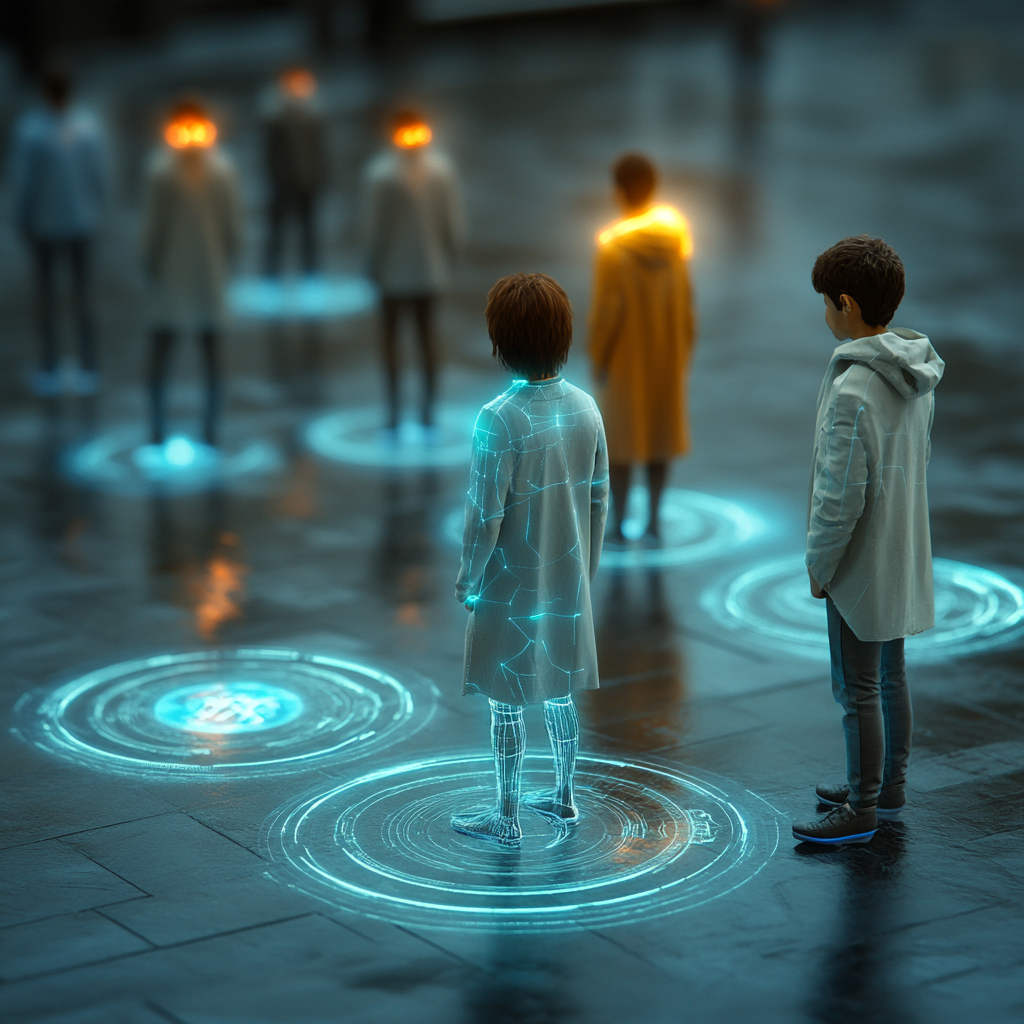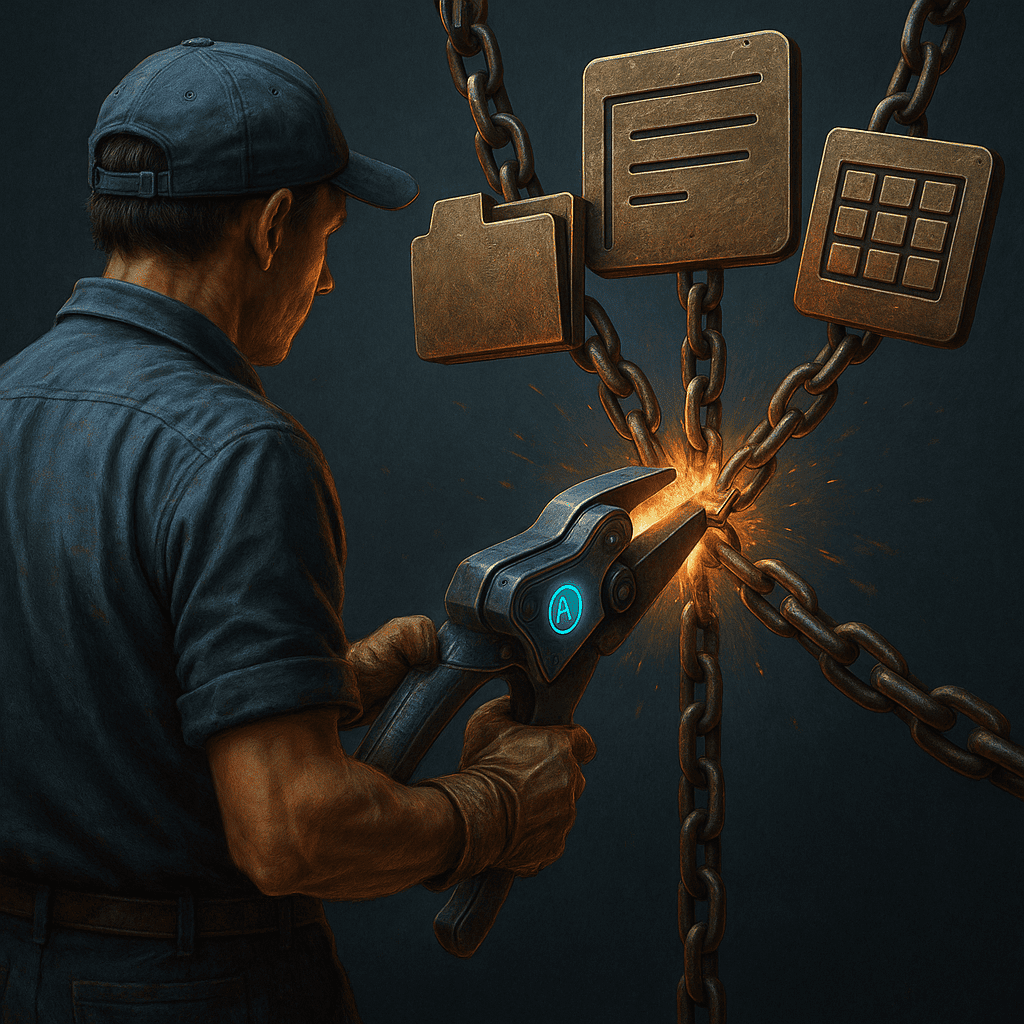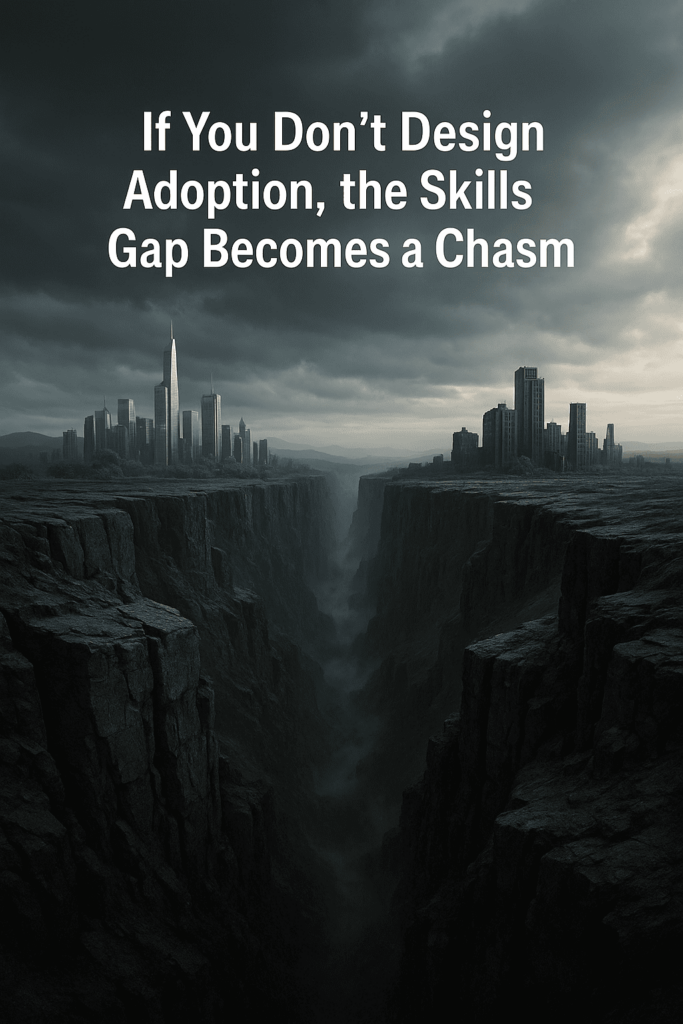
Artificial Intelligence is often described as a tool, a driver, or an accelerator. But in our work at Konectica, we have found that AI acts as something even more revealing: a mirror of organisational culture.
When companies deploy AI, they don’t just automate processes; they expose the patterns, biases, and blind spots that already exist in their system. AI makes culture visible. And that visibility can be uncomfortable.
We saw this in a multinational manufacturing company that introduced AI to optimise recruitment. On paper, the algorithm was neutral. In practice, it quickly started replicating the company’s implicit biases: prioritising candidates from the same schools and backgrounds that managers had historically preferred. Within weeks, HR realised the AI wasn’t innovating —it was amplifying their existing culture.
The leadership’s first reaction was to blame the technology. But the truth was harsher: the AI had simply held up a mirror. It had reflected their hiring habits with ruthless clarity.
Contrast this with a tech scale-up in Spain that deliberately designed its AI as a cultural checkpoint. Before integrating algorithms into decision-making, they asked: “What do we want our culture to look like in five years? Inclusive? Experimental? Collaborative?” They trained the system not just on past behaviours but on aspirational data that embodied those cultural goals. In this case, the mirror didn’t just reveal; it helped shape a new image.
This is the real opportunity of AI as a cultural mirror: it can expose the DNA of an organisation. If that DNA is toxic, AI will magnify it. If it’s healthy, AI will reinforce it. And if leaders are courageous, AI can even become a lens to redesign the culture they want to build.
👉 So the question is not “What will AI do to our company?” but: “What does our use of AI reveal about who we already are —and who we want to become?”





